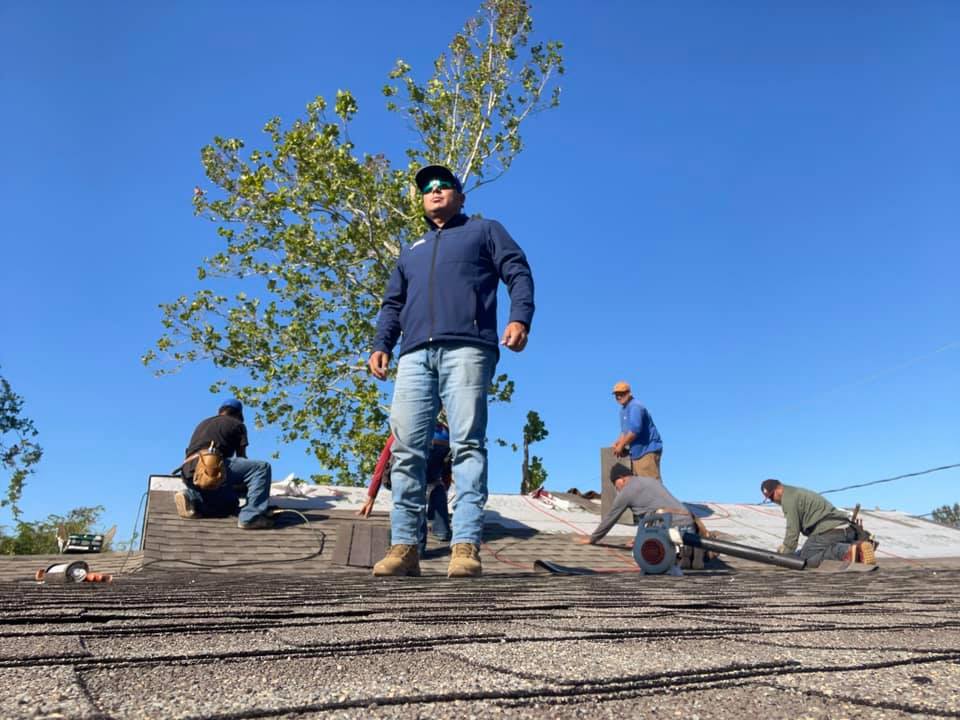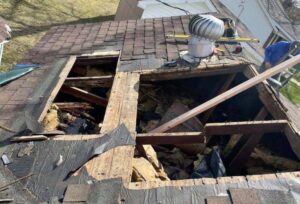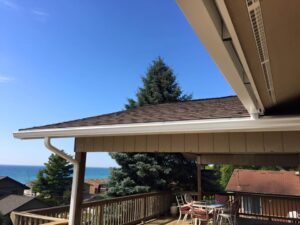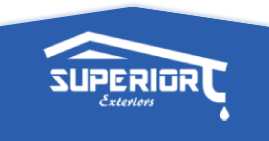The Pros and Cons of Installing a Concrete Roof
Installing a concrete roof can be a great way to improve the energy efficiency of your home and prevent moisture damage, but there are also some drawbacks to consider before making a decision.
Here are the pros and cons of installing a concrete roof.
PROS:
- Energy Efficiency: One of the biggest benefits of a concrete roof is that it can help improve the energy efficiency of your home. A concrete roof can help keep your home cooler in the summer and warmer in the winter, which can lead to lower energy bills.
- Durability: Concrete roofs are also very durable and can last for many years with proper care. A concrete roof can withstand high winds and heavy rains, making it a good choice for homes in hurricane-prone areas.
- Fire Resistance: Another benefit of a concrete roof is that it is fire resistant. This can be a great advantage if you live in an area prone to wildfires. Concrete is a non-combustible material, so it can provide an extra layer of protection for your home in the event of a fire.
- Moisture Protection: Concrete roofs can also help protect your home from moisture damage. Concrete is a porous material, so it can absorb water vapor and help prevent leaks. Concrete is also an effective barrier against moisture, which can help to prevent mold and mildew growth in your home.
CONS:
- Noise: Concrete can be a very noisy material, so a concrete roof may not be the best choice if you live in a noise-sensitive area.
- Weight: One of the drawbacks of a concrete roof is that it is very heavy. This can be a problem if your home is not structurally sound enough to support the weight of a concrete roof.
- Cost: Another downside of a concrete roof is that it can be very expensive. The cost of materials and labor can add up quickly, so be sure to get a few estimates before making a final decision.
- Maintenance: Concrete roofs also require regular maintenance, such as sealing and cleaning. These tasks can be time-consuming and expensive, so be sure to factor them into your budget.

Tips for Installing a Concrete Roof Yourself
If you’re thinking about installing a concrete roof on your home, there are a few things you should know before you get started. Here are some tips for installing a concrete roof yourself.
- Make sure you have the right tools and supplies. You’ll need a utility knife, tape measure, chalk line, level, hammer, screw gun, and drill bit. You’ll also need a concrete saw if you’re installing the roof yourself.
- Measure your roof and calculate the amount of concrete you’ll need to buy. It’s important to get this step right so that you don’t run out of concrete or have too much left over.
- Pour the concrete into the mold and spread it evenly with a trowel. Make sure to smooth out any bumps or ridges so that the final product is level.
- Let the concrete set for 24 hours before removing the mold. Once it’s set, you can paint or seal the concrete as desired.
- Enjoy your new concrete roof!
Superior Exteriors
https://www.google.com/maps?cid=4642085964654768550
https://www.google.com/maps?cid=4642085964654768550
706 S Pere Marquette Hwy, Ludington, MI 49431
(231) 9072-882







